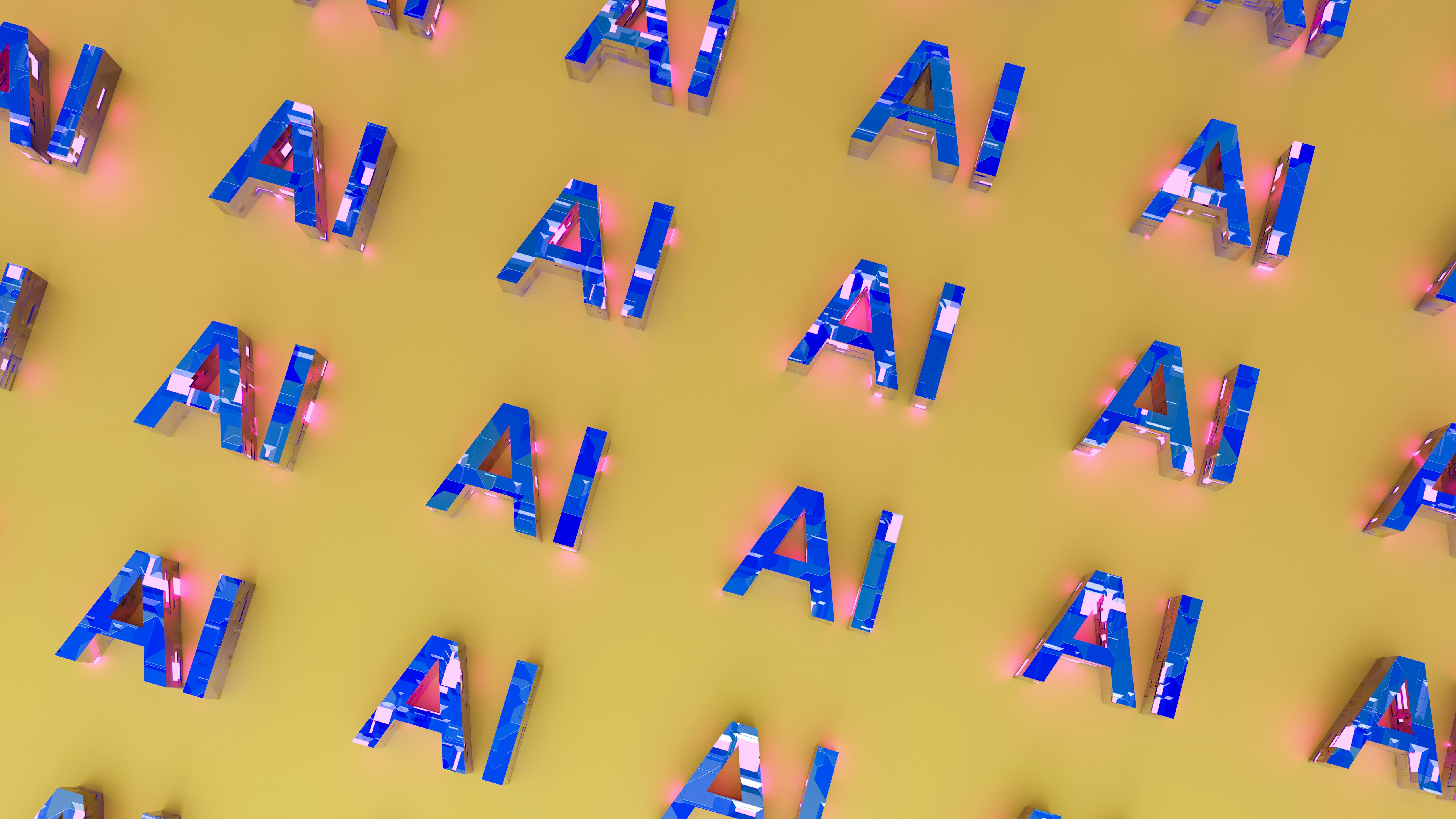A 'Few Thousand Days' from Transforming Humanity
Imagine having a personal team of virtual experts available 24/7, solving complex problems while you sleep, or watching your child learn quantum physics from an AI tutor that adapts perfectly to their learning style. According to OpenAI CEO Sam Altman, these scenarios aren't just science fiction—they're merely a "few thousand days" away.
The rapid advancement of artificial intelligence has reached a critical inflection point. As we stand on the precipice of what many experts call the "Intelligence Age," the transformation of our society through superintelligent AI isn't just possible—it's inevitable. But what does this mean for humanity, and how close are we really to achieving this technological breakthrough?
The Path to Superintelligence: Deep Learning's Triumph
The Algorithm That Changed Everything
The journey to superintelligence can be summarized in three words that have revolutionized our technological landscape: "deep learning worked." This simple yet profound reality, as emphasized by Sam Altman, has become the cornerstone of modern AI development. Deep learning's ability to understand and learn from vast amounts of data has proven to be the key that unlocks increasingly sophisticated AI capabilities.
What makes this particularly remarkable is the predictable scaling effect: the more computing power and data we feed into these systems, the better they become at solving complex problems. This predictability has attracted unprecedented resources and investment into AI development, creating a self-reinforcing cycle of improvement.
Infrastructure: The Foundation of the AI Revolution
However, the path to widespread AI adoption isn't without its challenges. The infrastructure requirements for superintelligent AI are substantial:
Computing power needs to become more accessible and affordable
Energy infrastructure must be robust and sustainable
Chip production needs to scale significantly
Data centers require expansion and optimization
As Altman warns, "If we don't build enough infrastructure, AI will be a very limited resource that wars get fought over and that becomes mostly a tool for rich people."
Transformative Applications: AI's Impact on Daily Life
Personal AI Assistance: Your Virtual Dream Team
The first wave of superintelligent AI applications will likely come in the form of personal AI assistants. Unlike today's basic digital assistants, these AI systems will function as comprehensive support teams, capable of:
Coordinating complex medical care and treatment plans
Managing professional and personal projects
Creating custom software solutions
Education Reimagined Through AI
Perhaps one of the most revolutionary applications will be in education. Future AI tutors will offer:
Personalized instruction adapted to individual learning styles
Real-time language translation and cultural context
Infinite patience and availability
Custom curriculum development based on student interests and goals
This democratization of education could help level the playing field globally, providing high-quality education to anyone with access to the technology.
The Economic and Scientific Revolution
Reshaping the Work Landscape
The impact of superintelligent AI on labor markets will be significant, but perhaps not in the way many fear. While job displacement is a genuine concern, Altman suggests that:
Most jobs will transform rather than disappear
New forms of work will emerge
Human creativity and interpersonal skills will become more valuable
Shared prosperity could reach unprecedented levels
Scientific Breakthroughs on the Horizon
With superintelligent AI, we're looking at potential solutions to some of humanity's most pressing challenges:
Climate Change Solutions
Advanced climate modeling
Innovation in renewable energy
Carbon capture technologies
Sustainable material development
Space Exploration
Efficient spacecraft design
Space colony planning
Resource utilization strategies
Advanced propulsion systems
Fundamental Physics
Quantum mechanics breakthroughs
Unified field theory development
Dark matter understanding
New particle discoveries
Navigating Challenges and Ensuring Ethical AI Development
Infrastructure Requirements
The transition to superintelligent AI requires careful planning and substantial investment in:
Computing Resources
Quantum computing development
Advanced processor architecture
Storage solutions
Network infrastructure
Energy Systems
Sustainable power generation
Grid modernization
Energy storage
Efficient distribution
Risk Management and Ethical Considerations
As we approach superintelligence, several critical areas require attention:
Safety protocols and testing frameworks
Ethical guidelines for AI development
Equal access initiatives
Privacy protection measures
The Dawn of the Intelligence Age
We stand at a unique moment in human history, transitioning from the Industrial Age to what Altman calls the "Intelligence Age." This shift promises to be more transformative than any previous technological revolution.
The prosperity potential is unprecedented. As Altman notes, "Although it will happen incrementally, astounding triumphs – fixing the climate, establishing a space colony, and the discovery of all of physics – will eventually become commonplace."
Conclusion: Preparing for Tomorrow's Reality
The journey to superintelligent AI is not just about technological advancement—it's about human progress. While experts like Noam Chomsky and Rodney Brooks remain skeptical about AI's potential to surpass human intelligence, the evidence suggests we're on the cusp of something extraordinary.
As we move forward, the key will be balancing optimism with responsibility, ensuring that the benefits of superintelligent AI are distributed equitably while mitigating potential risks. The future isn't just bright—it's transformative in ways we're only beginning to understand.




